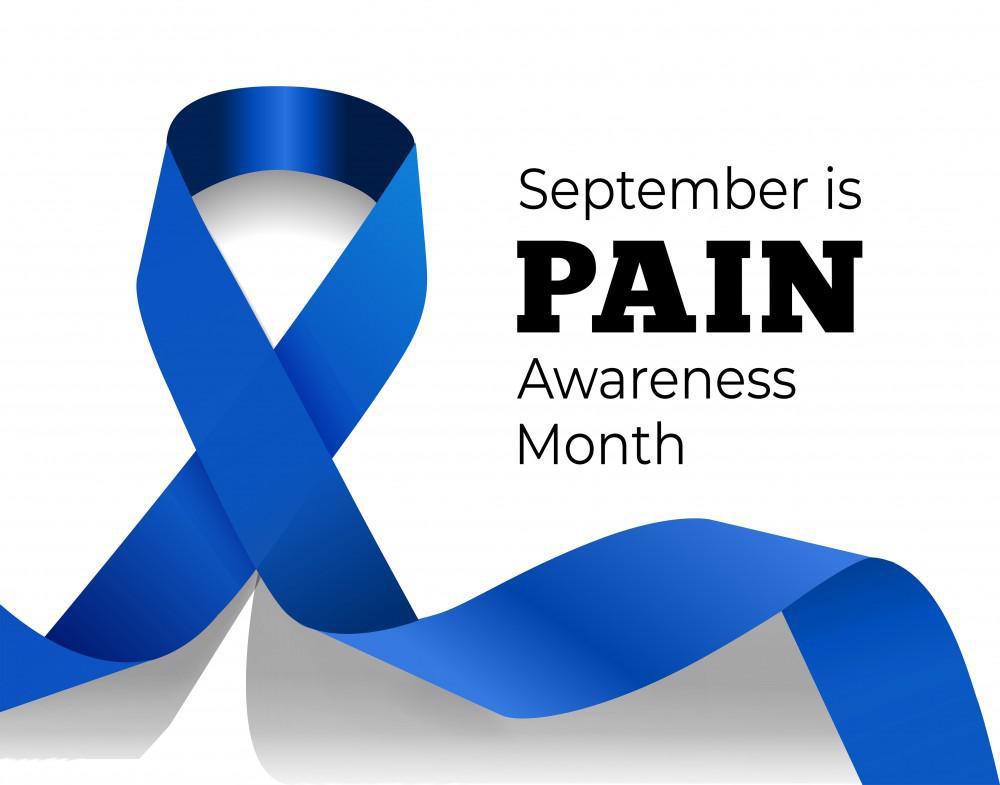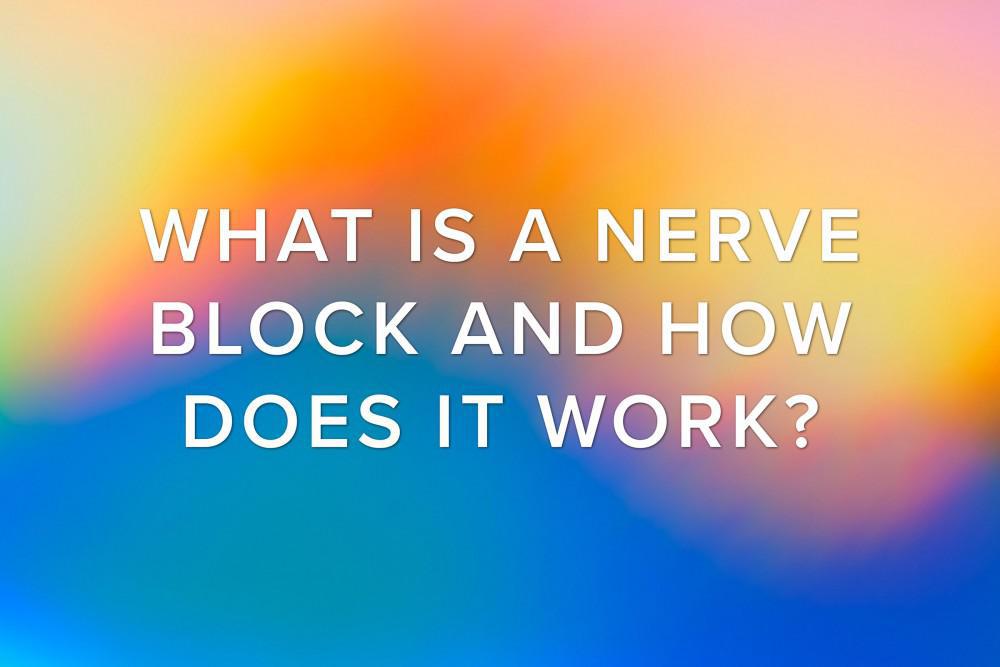
September Is Pain Awareness Month
For nearly one hundred million Americans, chronic pain is something that they live with. Even if you combine the number of people who suffer from cancer, diabetes, and heart disease you still won’t match the number of people suffering from chronic pain.
Great strides have been made in how pain is managed and treated, and there are new advances in treatments being made all the time. Awareness is being raised, and there is mental and emotional support available to chronic pain suffered. Still, it can be difficult to explain the ongoing pain to others, including loved ones.
Now is a great time to talk about your experiences. Pain Awareness Month can help shed light on what it’s like to live with chronic pain. It’s an opportunity to share your story and let people in. After all, chronic pain can be a very isolating condition and cause mental and emotional strain. Support groups are also beneficial ways to connect to other people, especially those who understand firsthand what it’s like to live with chronic pain.
For those who don’t suffer from chronic pain, the following are among the most common:
- Cancer pain
- Post-surgery pain
- Functional pain, including chronic migraine, fibromyalgia, and chronic pelvic pain
- Complex regional pain syndrome
- Neuropathic pain
- Musculoskeletal pain, including arthritis, chronic lower back pain, and neck pain
Whatever the type of chronic pain, it’s important to share what’s going on with your doctor. Keeping logs of activities, eating and sleeping habits, and pain levels can help your doctor better determine the best treatment plan. It’s also important to eat fresh, nutritious foods and to stay active. There are many forms of gentle exercise that you can do, and they can even help reduce pain levels.
As always, if you suffer from chronic pain and have struggled with other treatment plans, we are here to help you. Dr. Ashford will work with you to develop a plan that works for your particular needs. Give us a call!










Related Posts